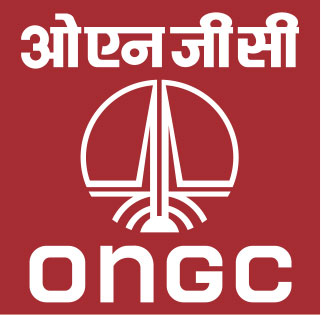Oil and Natural Gas Corporation (ONGC) began as the Oil and Natural Gas Directorate of the Union Ministry of Natural Resources and Scientific Research in 1955. Now, it is a transnational with interests spanning the entire hydrocarbon chain - from crude and natural gas to refinery products and renewable energy. It has gone on to become India’s largest oil and gas exploration and production company and produces around 70 per cent of India’s crude oil (equivalent to around 30 per cent of the country’s total demand) and around 60 per cent of its natural gas. Acclaimed for its corporate governance practices, Transparency International has ranked ONGC 26th among the biggest publicly traded global giants. ONGC’s feather in the cap was the recent acquisition of a majority stake in Hindustan Petroleum Corporation (HPCL), a move that significantly transforms the former’s downstream portfolio.
“Keeping in view the long term focus, your company has continued to maintain good investment level in its core area of exploration and production (E&P) despite the high volatility in the crude prices. We made as many as 12 hydrocarbon discoveries out of which two discoveries one each in Cambay and Cauvery Onshore, have already been put on production. Reserve accretion (2P) for the year stood at 67.83 MMtoe (million metric tonne of oil equivalent). With a reserve replacement ratio (RRR) of 1.48, we expanded our hydrocarbon resource base for the 12th consecutive year. Our crude production volumes remained steady with a marked improvement in gas output; capital outlays remained robust; profit edged higher and dividend payout was impressive,” CMD Shashi Shanker told shareholders while presenting its FY 2017-18 annual report.
At present, ONGC is most valued and largest E&P company in the world, and one of the highest profit-making and dividend-paying enterprise. On the financials front, the company recorded revenue from operations of Rs 85,004.10 crore in FY18 compared to Rs 77,907.73 crore in FY17. Profit after tax increased by over 11 per cent to Rs19,945.26 crore in FY18 against Rs 17,899.97 crore in FY17. The company realised $57.33 per bbl (barrel) for crude sold in the domestic market in FY18 as compared to $50.27 per bbl in FY17.
“Production performance remained on track and our contribution to domestic hydrocarbon supplies increased year-on-year, largely on the back of higher gas output. Standalone crude oil production recorded increase to 22.31 MMT in FY18 as compared to 22.25 MMT in FY17. Natural gas production registered an impressive growth of over 6 per cent as production for FY18 rose to 23.48 BCM (billion cubic meters) as compared to 22.09 BCM in FY17. Our cumulative domestic hydrocarbon volumes (inclusive of our share in JV-operated properties), also recorded an increase; 50.05 MMtoe vis-à-vis 48.81 MMtoe in FY17. Production of VAP increased for the fourth consecutive year - VAP output in FY18 stood at 3.39 MMT, with an increase of 4.6 per cent over FY17 volumes,” Shanker further said in the same report.
“Increase in crude oil prices and domestic natural gas prices have led to an outstanding result despite recessionary trends. Many upstream oil companies are also bidding to acquire a portion of the oil fields in other countries. For instance, ONGC Videsh, an international arm of ONGC, has acquired stakes in oil fields and has participation in 41 projects in 20 countries such as Azerbaijan, Bangladesh, Brazil, Colombia, Iraq, Israel, Iran, Kazakhstan, Libya, Mozambique, Myanmar, Namibia, Russia, South Sudan, Sudan, Syria, United Arab Emirates, Venezuela, Vietnam and New Zealand,” points out Urvisha H. Jagasheth, Research Analyst , CARE Ratings.

